This morning, April 17, at Hanoi University of Science and Technology, a workshop on scientific and technological research orientation and human resource development to serve Vietnam's semiconductor industry took place.
One of the topics that delegates focused on discussing was the current state of human resources serving the semiconductor chip industry. Many delegates pointed out the current situation of Vietnam lacking chief engineers, engineers capable of designing a complete chip.

Professor Tran Hong Thai, Deputy Minister of Science and Technology (second from left), chaired the discussion session of the workshop.
According to Associate Professor Pham Tran Vu, Vice Principal of Ho Chi Minh City University of Technology, there are currently more than 40 companies nationwide with chip-related activities, with about 5,600 engineers.
Most of the FDI companies, there are only 2 Vietnamese companies, Viettel andFPT , and most of them do testing and design of microchips for the frontend (conceptual design) and backend (physical design).
Vietnamese engineers are only good at one design stage, lacking chief engineers capable of completely designing a chip.
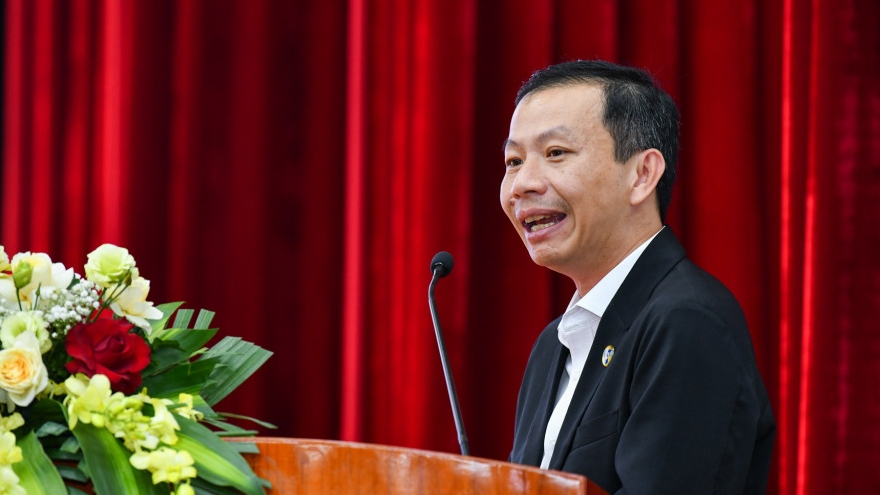
Associate Professor Pham Tran Vu, Vice Principal of Ho Chi Minh City University of Technology
PSG Vu said that in the process of designing microchips, there are many steps. Among them, the principle design step is the difficult part, requiring engineers to be trained in high-level training programs (post -graduate ), but very few Vietnamese engineers can do this step.
Vietnamese engineers mainly work in the physical design stage, that is, following the requirements of the principle design engineers. "This stage requires a lot of human resources, but creates little added value," Associate Professor Vu said.
Semiconductor chip companies have a hard time recruiting people.
Mr. Nguyen Hoang Cuong, Head of Semiconductor Technology Department of Viettel Group, also said that besides technology issues, human resources are a constant top concern of Viettel's leaders.
Viettel has been promoting research and development (R&D) activities since 2010, and has now built a team of more than 3,000 engineers. Particularly for microchip engineers, Viettel currently has about 50 high-quality engineers. For microchip engineers, Viettel recruits annually with the goal of recruiting 20-30 people each year, but in reality, only recruits more than 10 people each year.
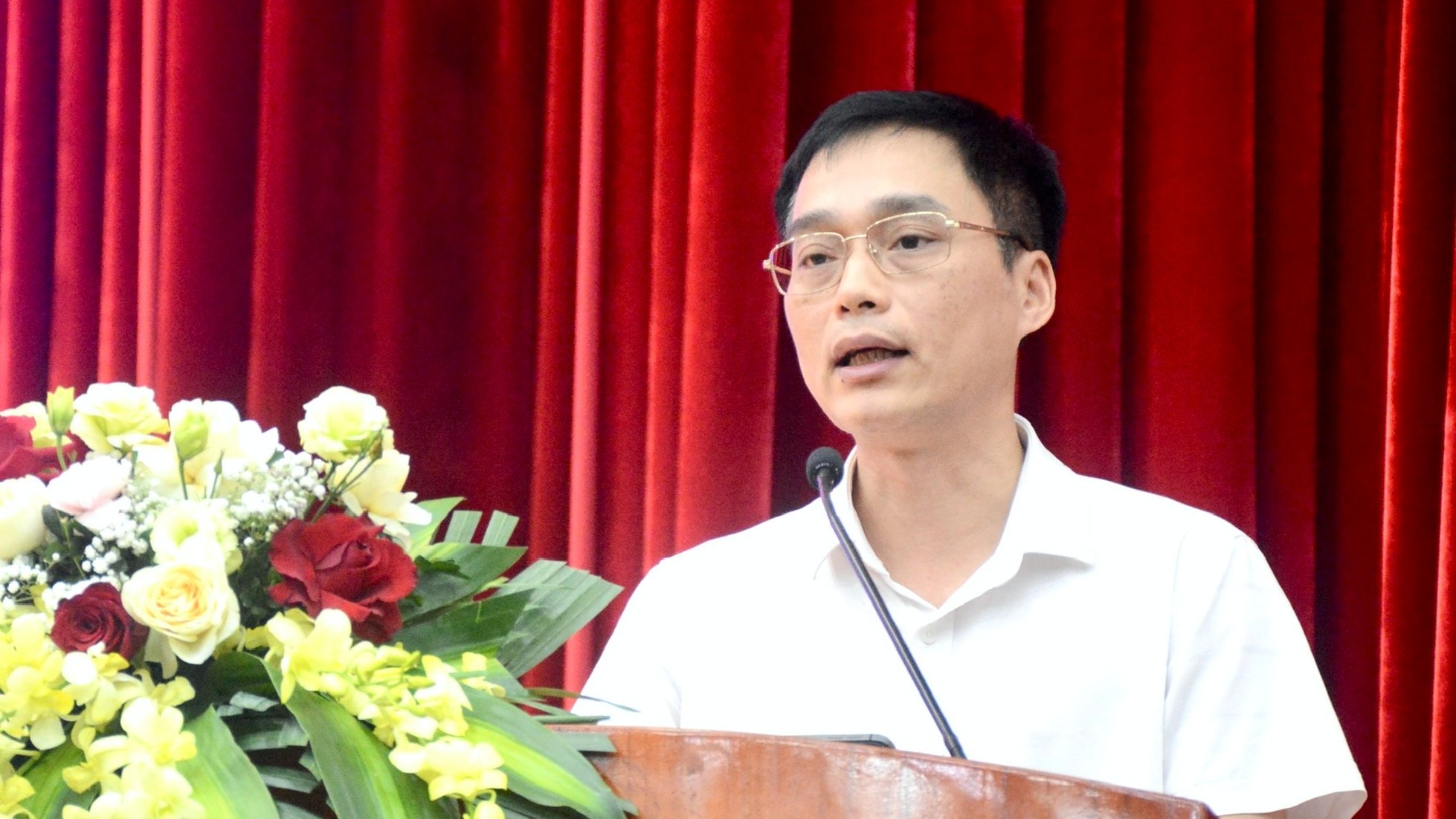
Mr. Nguyen Hoang Cuong, Head of Semiconductor Technology Department, Viettel Group
"To have the current number of 50 engineers, we have spent many years recruiting. Many people come in, many people leave. But in general, recruiting is relatively difficult. Out of 10 applications, we can only recruit 1. It could also be due to the nature of our operations, because we do all the steps, so the human resources required are relatively high and relatively wide," Mr. Cuong explained.
"Recruitment in general is difficult (not just for microchip engineers - PV). Because around the 50 high-quality engineers mentioned above, there will be at least 50 people serving. Designing and manufacturing chips is only a part. Once the chip is available, it must be tested to put the product into practical use, so currently we have a team of more than 100 engineers working on semiconductor chips," said Mr. Cuong.
Mr. Cuong also said: "Of the 50 high-quality engineers, 10 are from abroad (many of whom used to work in large companies). They work in stages that require very high qualifications. As for the engineers recruited domestically, they work in jobs with lower requirements. Some of them have started at the module mastering level. For engineers trained in Vietnam to be able to do this, it requires a long process. Hopefully, in the near future, we will be able to train people who can participate more deeply and fully in the design stages of digital chips and high-frequency chips."
According to Mr. Cuong, with the ambition to achieve a position in the top 20 chip design companies in Asia by 2035, Viettel needs more than 500 engineers by 2030, and more than 1,000 engineers by 2035. Of which, more than 20% of the staff have a master's degree or higher.
In terms of professional structure, about 10% of engineers participate in chip system architecture design, 30% of engineers participate in front-end design, 40% of engineers participate in verification and 20% of engineers participate in back-end design. "This is a very challenging goal," said Mr. Cuong.
Source link




![[Photo] Lam Dong: Images of damage after a suspected lake burst in Tuy Phong](https://vphoto.vietnam.vn/thumb/1200x675/vietnam/resource/IMAGE/2025/11/02/1762078736805_8e7f5424f473782d2162-5118-jpg.webp)
![[Photo] President Luong Cuong receives US Secretary of War Pete Hegseth](https://vphoto.vietnam.vn/thumb/1200x675/vietnam/resource/IMAGE/2025/11/02/1762089839868_ndo_br_1-jpg.webp)


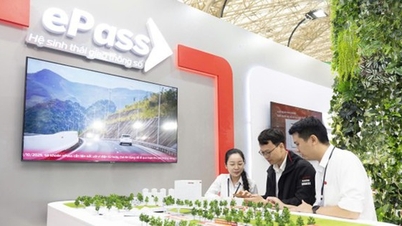





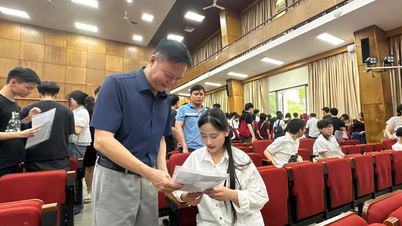

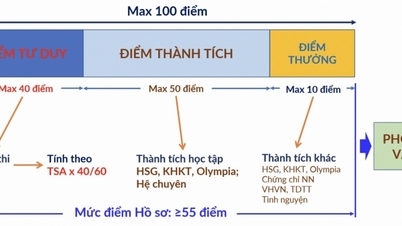

























































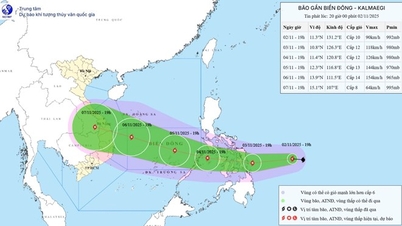































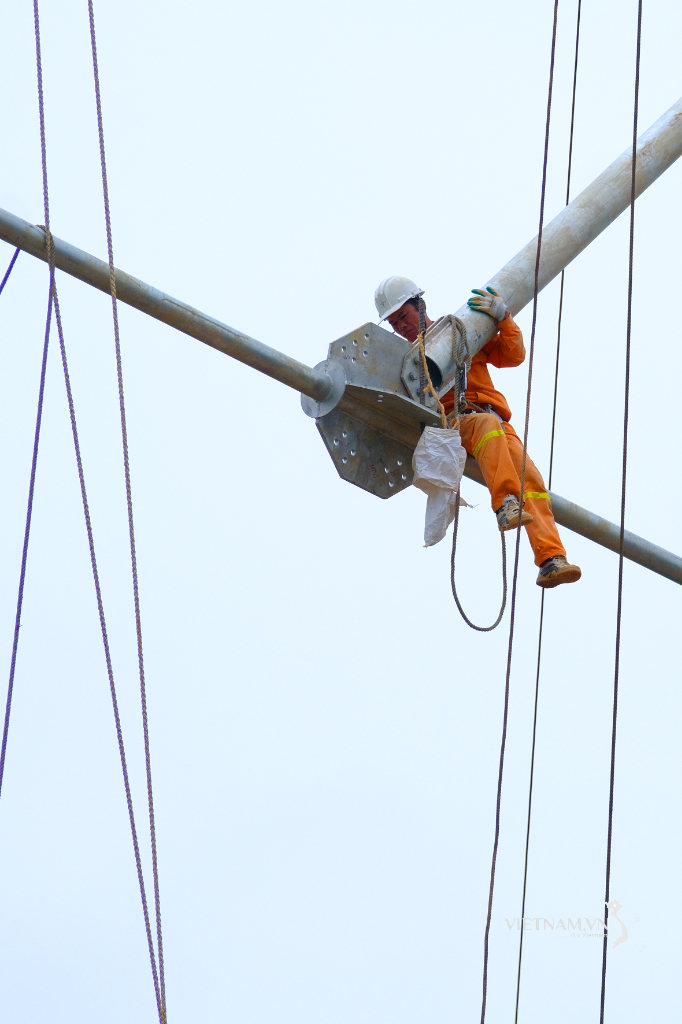


Comment (0)